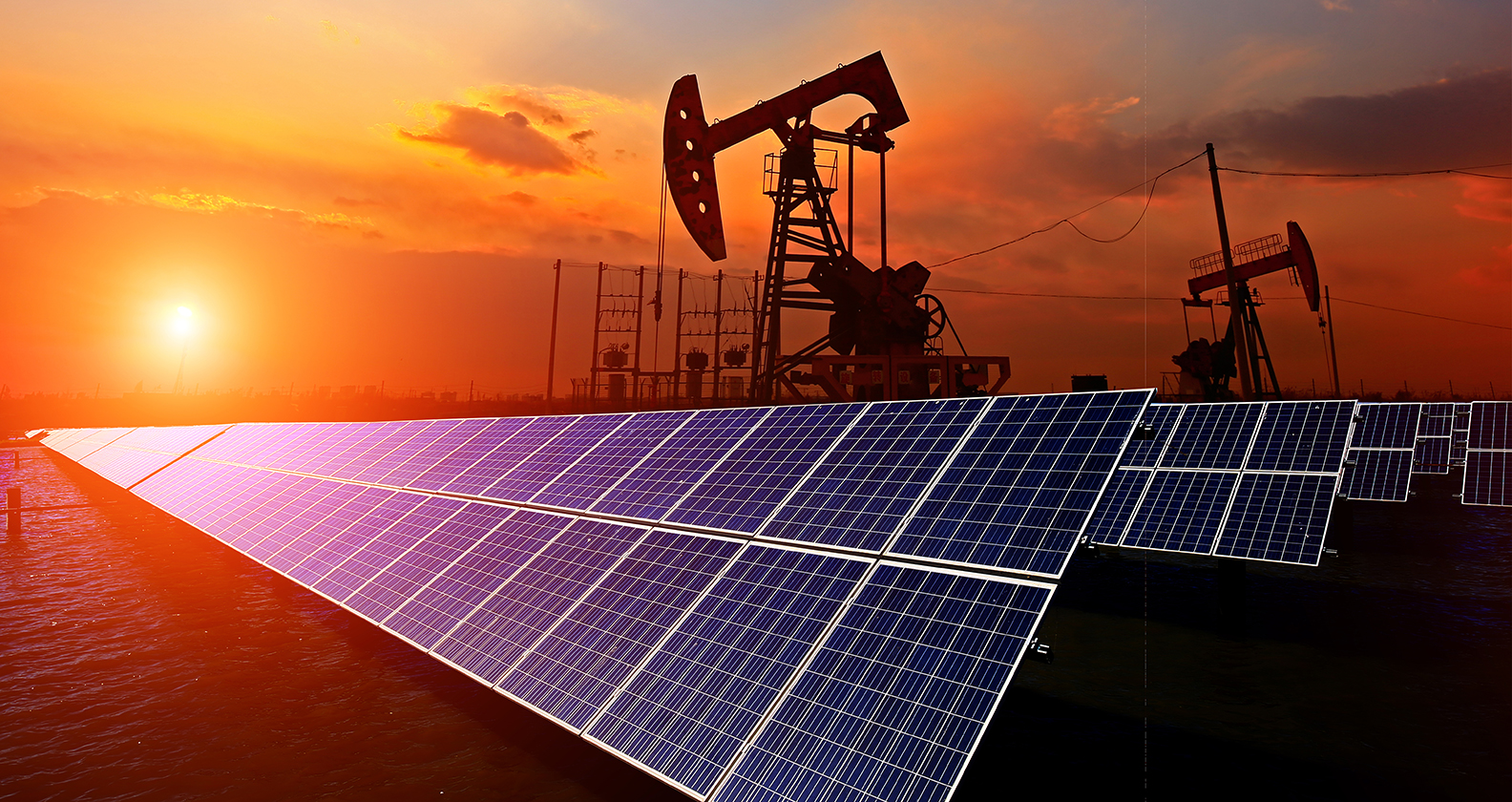Oil and gas have been the mainstay of our energy economy and have powered our lives for decades. Available, stable, and cheaper than the alternatives, power from fossil fuels has also come at the cost of the global environment.
Combustion of oil and gas for electricity generation or transport causes about 33 per cent of human-made greenhouse gas emissions, and activities to produce the fuels themselves accounts for another nine per cent. Directly or indirectly, the oil and gas industry accounts for 42 per cent of global greenhouse gas emissions. And this needs to change.
To achieve the goal of the Paris agreement – limiting global warming to 1.5 degrees Celsius compared to pre-industrial levels – many developed and emerging countries have pledged to reduce their greenhouse gas emissions to net zero by 2050.
Australia has not set a firm goal, but acknowledges that it is desirable and is working towards it. We are a major producer and exporter of natural gas and coal, while 93.6 per cent of our primary energy consumption comes from oil, coal and gas. Committing to net zero emissions has major implications for both our economy and way of life.
But so does not reducing our emissions. The latest climate report released by the Intergovernmental Panel on Climate Change (IPCC) makes the consequences of inaction clear.
So, as climate change becomes harder to ignore, the pressure to transition to cleaner energy intensifies. Oil and gas companies are coming under increasing pressure from their own shareholders, from the public, and from policymakers to mitigate their environmental impacts and become part of a clean energy solution. Their licence to operate depends on it.
So, what is the future of the oil and gas industry in Australia?
Responding to the new IPCC report, the oil and gas industry, through the Australian Petroleum Production and Exploration Association, APPEA, argues that new technologies and natural gas are part of the solution to reducing emissions.
Professor Claus Otto is Director of the Curtin University Oil and Gas Innovation Centre (CUOGIC), a research group that develops technologies and processes for the oil and gas industry that reduce costs, increase value, and protect the environment. He notes that the industry is already taking steps to make the production of oil and gas carbon neutral, tackling that nine per cent of emissions it can directly control.
Any carbon dioxide (CO2) that is produced or generated alongside the oil and gas can be captured and stored rather than vented to the atmosphere.
“Carbon capture and storage (CCS) is a mature technology now,” says Otto, “but it’s still expensive. More commercial CCS projects and advanced capture technology will eventually bring costs down.
“Alternative CO2 mitigation technologies such as re-forestation and bio-sequestration to offset carbon emissions are also maturing.”
Several major oil and gas companies now invest in their own tree plantations to offset their emissions and claim carbon credits.
Oil and gas companies also need to reduce their fugitive methane (natural gas) emissions, as it is an even more potent greenhouse gas than CO2. Methane emission from oil and gas production is now being addressed by reducing intermittent gas flaring, improving leak detection and repair, and installing vapour recovery units.
“Oil and gas producers are also turning to solar and wind for on-site power generation,” says Otto.

“Creating liquified natural gas (LNG) requires enormous refrigeration units that consume a lot of power, so using renewable energy sources for that really reduces their operational carbon footprint.”
Producing oil and gas is steadily becoming carbon neutral, but it comes at additional cost. There are indications that markets may be willing to pay though.
Dr Roberto F. Aguilera is an energy economist within CUOGIC, and can see that our export markets may eventually want assurances that the products they buy are ‘green’.
“The price has to be right for any type of fuel, but policies can have a major influence on price, either by supporting one alternative through subsidies, or by taxing a more carbon-intensive competitor.
“Many countries are developing border taxes for imports to reflect their goals for net zero emissions, and this could be a future issue for our LNG and coal exports.
“It’s in the industry’s best interest to get their production and supply chain as close to carbon neutral as possible.”
But that doesn’t address the emissions created by burning these fossil fuels for power.
On the demand side, energy efficiency improvements are already being made to reduce our fuel consumption – from better-insulated and ‘smart’ buildings, to recovering waste heat in refineries, and using lighter materials in vehicles.
But further gains will only come from cleaner primary energy sources.
“The industry is already pivoting to focus on natural gas rather than oil and coal, because it’s the cleanest of the fossil fuels,” explains Otto.
“It’s also a likely transition fuel towards a low carbon economy,” adds Dr Aguilera.
“It provides energy security for Australia as we have local supply, and can support renewable energy development.
“Our major renewable energy sources like solar and wind are intermittent, so you need a backup power supply for when they’re not available. Battery storage can’t supply peak power for cities, but natural gas can fill the gap as electricity production from gas can be ramped up and down very quickly.

“As the cost of solar and wind power is becoming competitive with gas, using gas just to ensure continuity of supply makes it easier to invest in large-scale renewable energy development.”
The truly difficult part of the emissions equation is the use of oil products in transport fuels. Electricity from batteries and hydrogen fuel cells are the only reasonable substitutes at present, both of which are still developing and represent only a small fraction of the total market.
Researchers at CUOGIC and around Australia are working to develop lighter, more powerful batteries, and better hydrogen production, storage and fuel cell options. Fortunately for our oil and gas producers, gas may still play a part in this emerging green energy solution. Hydrogen can be made from water by electrolysis using solar or wind power – ‘green’ hydrogen – but it can also be made from gas, referred to as ‘grey’ hydrogen. But gas-derived hydrogen is only emission-free and equivalent to green hydrogen if the CO2 created in the process can be sequestered at additional cost – ‘blue’ hydrogen.
“There are synergies between gas and LNG and hydrogen production and delivery, so it’s a real possibility for countries with established LNG industries to invest in blue hydrogen to help develop a hydrogen economy,” says Dr Aguilera.
With supply, demand and infrastructure established, it’s easier for green hydrogen to progressively take over as the technology to produce and store it improves.
Carbon-neutral and net zero emissions comes at a price compared to fossil-fuelled business as usual. The future of oil and gas will rely on us fundamentally re-evaluating what power is worth.
Hear more on The Future Of podcast
This article was inspired by an episode of The Future Of, the podcast where experts share their vision of the future and how their work is helping shape it for the better.
Subscribe to The Future Of on your favourite app or read other articles inspired by the podcast.
Researcher profiles
Professor Claus Otto is the Director of the Curtin University Oil and Gas Innovation Centre (COGIC), which develops technologies and processes for the oil and gas industry that reduce costs, increase value, protect the environment and increase safety. Previously, he was a technology manager at Shell Australia and Shell International.
Dr Roberto Aguilera is an energy economist and a Senior Research Fellow within COGIC. He has participated in numerous energy studies, including with the World Petroleum Council and the US National Petroleum Council. In 2015, he published The Price of Oil, a book that examined the environmental impact of oil and how new technologies could increase supply and reduce price.



